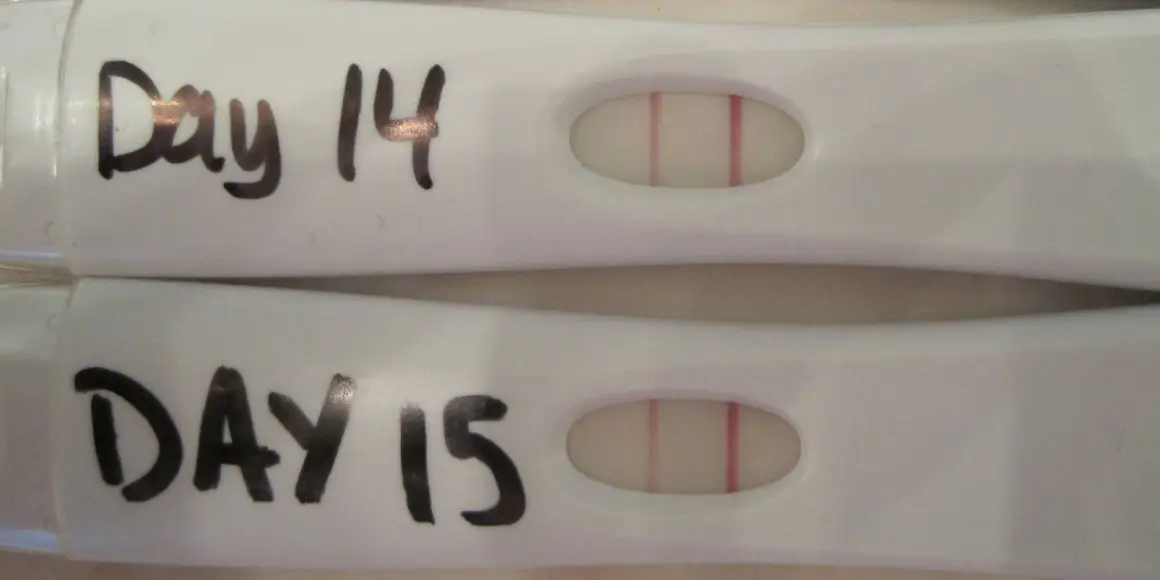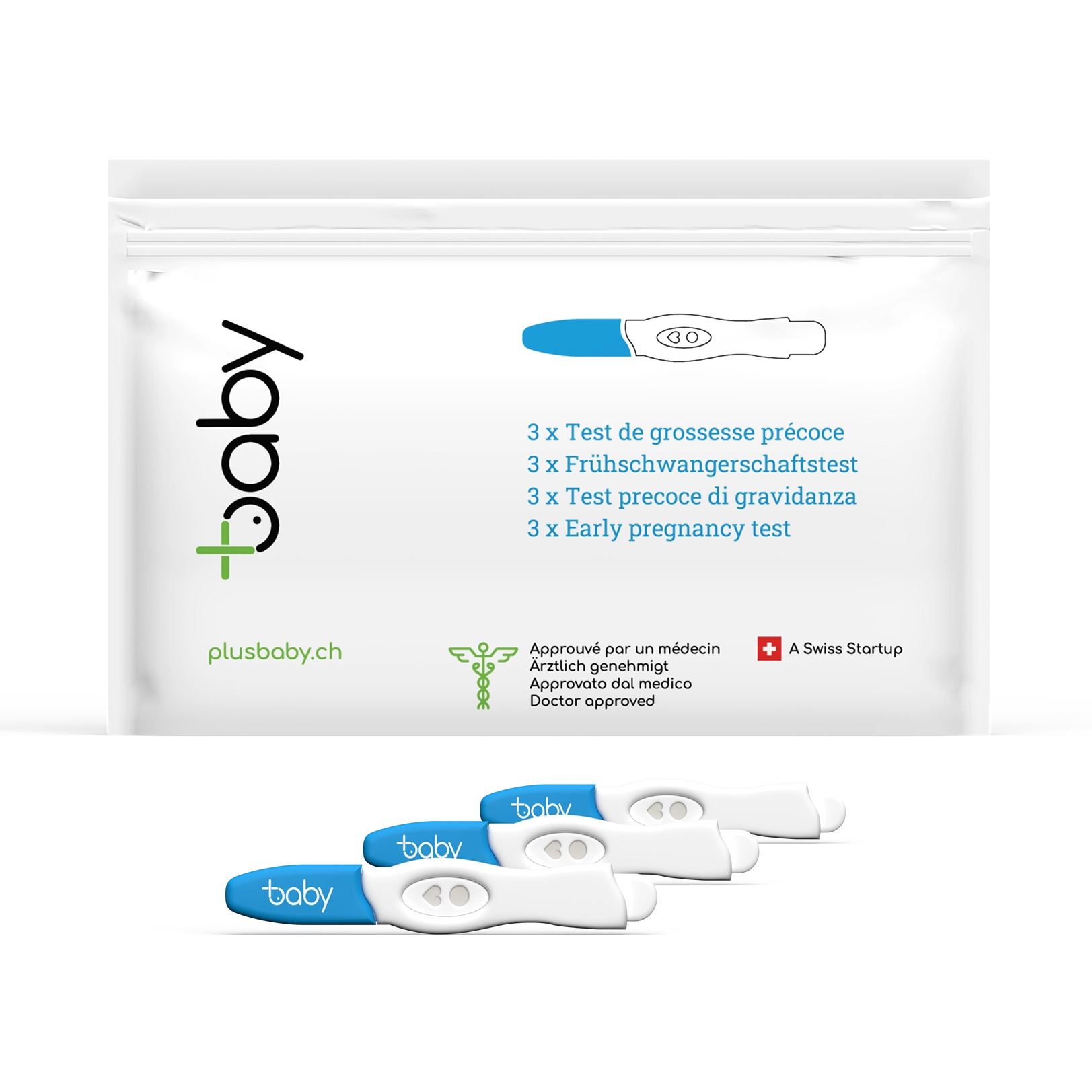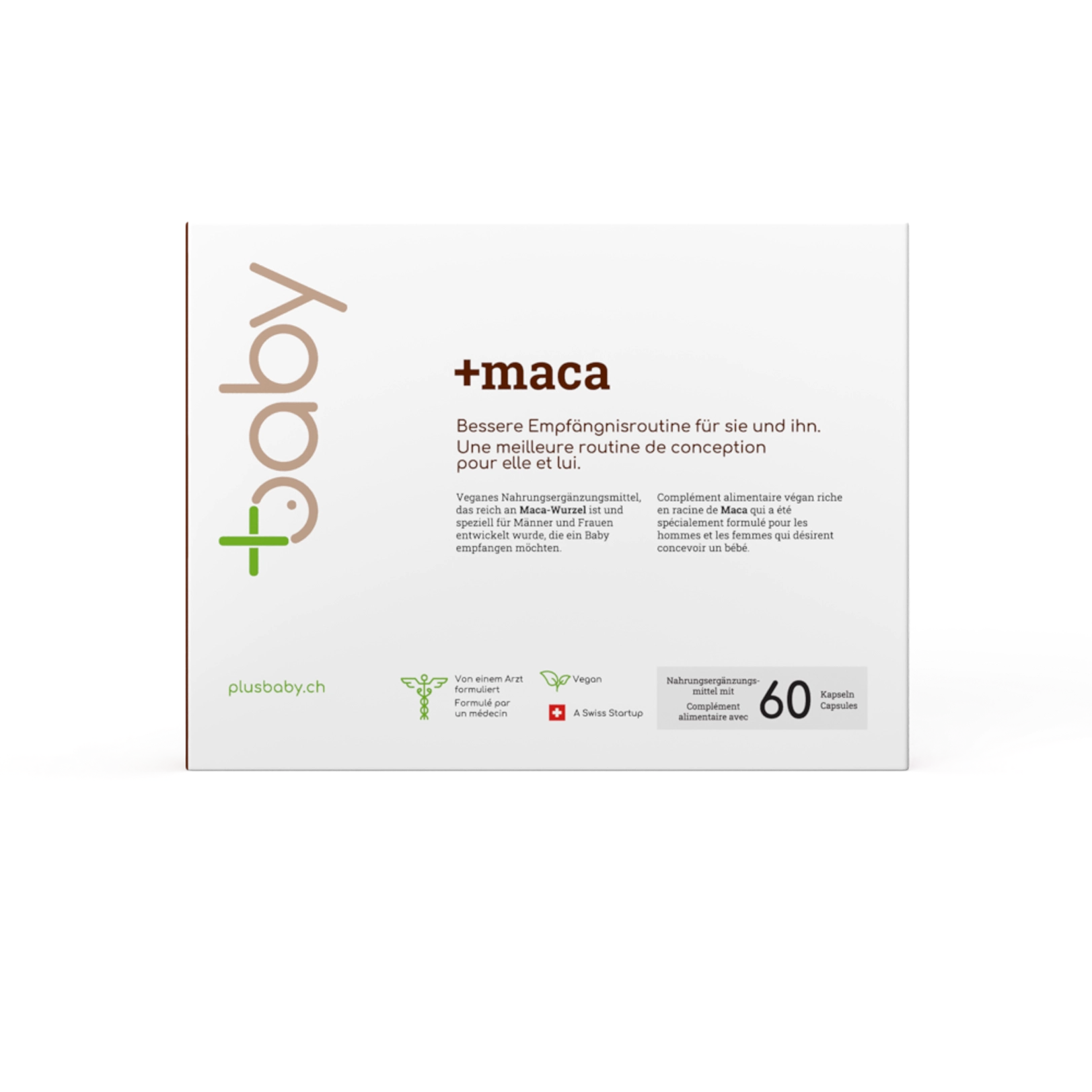You can use an ovulation test to optimise your chances of getting pregnant
Guide to an ovulation test: Just before ovulation, it’s time to have lots of sex to optimise your chances of getting pregnant. An ovulation test predicts the day of ovulation and helps you find that fertility peak.
What’s more, many people don’t know about the ovulation test, and how it can be useful to anyone, whether they’re trying to have a baby or not.
An ovulation test can tell you a lot about your body, your fertility and your menstrual cycle. For example, did you know that we tend to feel more energetic, more positive and have a higher libido during ovulation?
Here’s our guide to an ovulation test, including when, how and why you should use it.
Guide to an ovulation test; What is ovulation?
Ovulation is the release of an egg from one of your ovaries, which is then available to be fertilised. It is during this window of the cycle that you are most fertile. If you’re trying to get pregnant, ovulation is the time in your cycle when you should be having sex that gives you the best chance of conceiving. But it’s also the best time to abstain from sex if you’re not ready to get pregnant, or to use a form of contraception such as condoms. Ovulation generally occurs in the middle of the menstrual cycle, but it can vary from month to month depending on your cycle. You may even have a strange cycle where you don’t ovulate at all. It can take a few cycles to understand your body and your cycle and know exactly when you ovulate.
What is an ovulation test?
In simple terms, an ovulation test is a test that allows you to predict when you are going to ovulate. This is important because eggs only live for a short time after being released – 24 hours maximum. If you’re trying to get pregnant, you need to make sure you have sex before ovulation to maximise your chances of getting pregnant. Spermatozoa are relatively robust and can survive for 5 to 6 days in a woman’s body. If you have sex before ovulation, they will remain in your reproductive system waiting for the best time to act.
How does an ovulation test work?
All ovulation tests work in the same way: they detect luteinising hormone (LH) in your urine, which your brain makes to tell your ovaries that it’s time to release an egg. LH levels rise around 24 to 48 hours before ovulation, which is when you’re most likely to get pregnant.
How do I use an ovulation test?
To ensure that your ovulation test is carried out correctly, follow the instructions on the test. If it’s positive, you will ovulate within 12 to 24 hours and, if you haven’t already, you should start having sexual intercourse. Remember that the ideal time to have sex in order to make a baby is from five days before ovulation to the day of ovulation (i.e. your fertile window). The ovulation test will help you determine the pattern of your typical ovulation day so that you can take full advantage of your fertile window each cycle.
There are a few important things you should know before taking the ovulation test:
- Make sure you haven’t urinated for at least two hours.
- Don’t drink a lot of liquid in the hours before the ovulation test. This can dilute your urine and lead to a false negative result, i.e. you may be ovulating but the test will show that you are not.
- Do not open the pack until you are ready to start the test.
- Do not touch the window of the ovulation test.
- Do not urinate on the ovulation test window.
Why should you do an ovulation test?
There are only a few days in each menstrual cycle when you can get pregnant, so it’s important to understand when you ovulate and to know your most fertile days. If you’re trying to get pregnant, an ovulation test can increase your chances of conception by telling you when you’re most fertile. On the other hand, if you’re not trying to get pregnant, knowing when you’re most fertile can help you keep track of your cycle or let you know if you need to use a secondary form of contraception.
How long after ovulation can I take a pregnancy test?
If you’re one of those people who can’t wait, you should know that, technically, a pregnancy test can be carried out at the earliest seven to ten days after ovulation – traces of hCG start to appear in your urine around ten days after the egg has been fertilised. This means that a woman can have a positive pregnancy test result several days before the start of her period.
Put your mind at rest. Our high sensitivity, early result pregnancy tests are clinically proven to be over 99% accurate* and work up to 3 days before your expected period.
Is ovulation unpredictable after stopping hormonal contraception?
Ovulation generally resumes two to three weeks after stopping hormonal contraception. It may take longer if you are older or have been on the pill for a very long time, and in some cases ovulation may not become predictable again for a few months. As with everything to do with the menstrual cycle, the return to predictable ovulation after stopping contraception varies from person to person. Use an ovulation test to find out when you ovulate.
Guide to an ovulation testHow do I do an ovulation test?
Taking an ovulation test is easy! All you have to do is pee on the stick and wait 3 minutes for the result to appear (just like a pregnancy test). It’s best to do an ovulation test in the middle of the day and at the same time every day.
We’ve put together clear, jargon-free instructions with easy-to-read test lines, so you can take the test with ease.
How do I read an ovulation test?
There are three possible results you can get when you do an ovulation test. If the result of your ovulation test is negative (no LH surge is detected), only the control line will appear on the test or the test line will appear lighter than the control line. If your ovulation test result is positive (ovulation will probably occur within 24-48 hours), both the test line and the control line will be visible and the test line will be darker than or equal to the control line. Finally, your result may be invalid, i.e. there is no distinct pink-purple line visible in both the TEST and CONTROL areas. Do another ovulation test if this happens!
What should you do if you don’t get a positive result from an ovulation test for a while?
If you continue to get a negative result on your ovulation tests, it’s best to consult your doctor. Many factors can affect your menstrual cycle and the timing of your ovulation. Do your best to stay positive and hopeful!
When should I have an ovulation test?
Ovulation isn’t like clockwork, so it can be difficult to know how to keep track. If predicting your period has been made possible by period-tracking applications, having an ovulation test can help you predict even further ahead.
Ovulation occurs once a month and only during a 12- to 24-hour window in the middle of your menstrual cycle. Think about the usual length of your cycle, i.e. the number of days between the first day of your last period and the start of your next period (period-tracking apps are an excellent way of obtaining this information). Based on this number, consult the table to determine the best day to carry out the test. For example, if your cycle is usually 28 days long and the first day of your last period began on the 7th of the month, you should start testing on the 18th of the month. In other words, if you have a 28-day cycle, you should start testing around the 10th or 11th day of your menstrual cycle to be sure of detecting ovulation. If your cycle is irregular, use the midpoint of your shortest cycle in the last six months and start the ovulation test at that point.
We do not recommend first morning urine as it is concentrated and can give a false positive result. Any other time of day is suitable. An ovulation test works by detecting a surge in the luteinising hormone, LH. LH is important here because it helps to control the menstrual cycle and trigger ovulation. That said, it can take a few hours for the ovulation test to detect LH, so do another test later in the day if you think you’re ovulating. This LH surge usually occurs 12 to 36 hours before ovulation, so once your test is positive, you should ovulate within this time frame. The most important thing is that you do your tests at roughly the same time each day. The more tests you do, the more likely you are to predict ovulation accurately.
Our ovulation tests come in sets of six! They take the guesswork out of ovulation prediction, so you can take action. Use them six days a month to find your precise ovulation day.
Can the result of an ovulation test be false?
Ovulation test results indicate whether your hormones are at the right level for ovulation. These results are generally 97% accurate, but they may be less reliable if you have irregular periods, health problems or are taking certain medicines.
An ovulation test has a “false result” when it indicates that you are ovulating when you are not, or that you are ovulating when you are not. If you never get a positive result from an ovulation test, you may be testing too early or too late in your cycle. More frequent testing can help you better understand your cycle and fertility window. Ovulation is a very short window in your menstrual cycle, so understanding your cycle as a whole makes it easier to know when you are most fertile.
You may be worried that the results of your pregnancy or ovulation test are unreliable. Although inaccurate results can happen, understanding how the test works and using it correctly makes them more reliable. Plusbaby helps its community avoid false results by providing simple instructions and clear results.
Why choose Plusbaby? Its guide to an ovulation test
Guide to an ovulation test: t Plusbaby, we think you deserve a better experience when it comes to buying pregnancy and ovulation tests. If you want to try ovulation tests, find out more about Plusbaby ovulation tests. They are over 99% accurate and are available in a six pack for one month. We’ve designed clear, jargon-free instructions and tests with easy-to-read lines and quick results so you can test without a doubt.

CHF 39.90 Original price was: CHF 39.90.CHF 19.90Current price is: CHF 19.90.
















